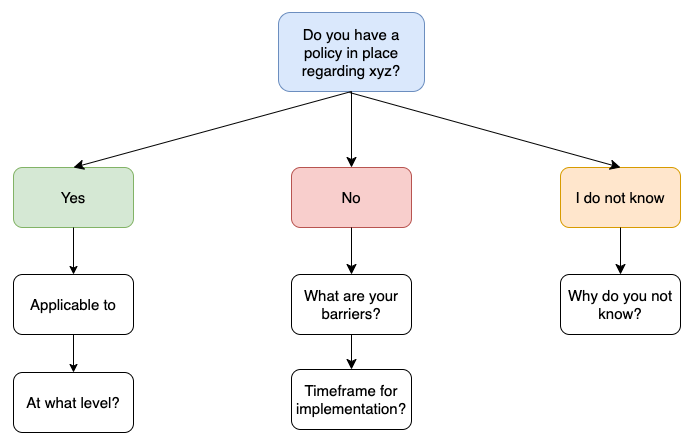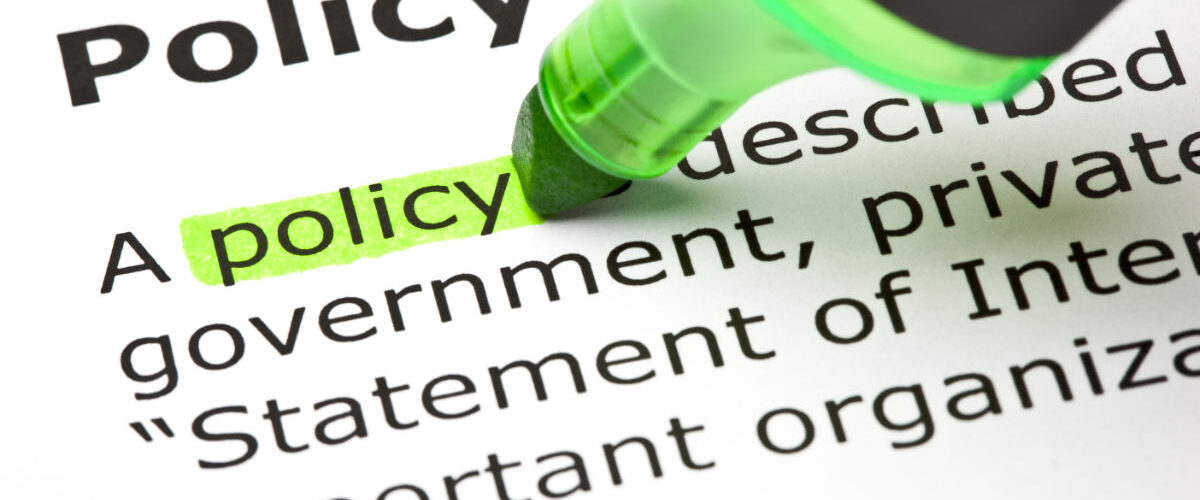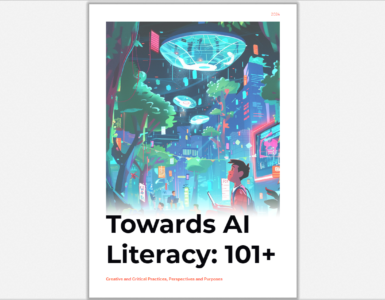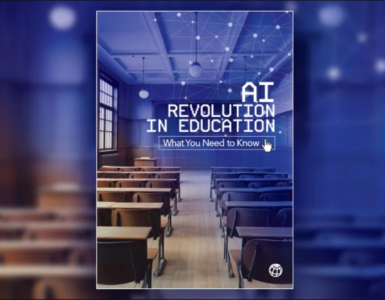Much of the work done by members of the MLA is influenced by specific policies, principles, rules, and guidelines set either by their own institutions or by external bodies like national or European agencies. To gain a clearer understanding of the prevailing policies regarding media and learning among its members, the Association conducted a Policy Survey at the end of 2023. The aim was to better represent its members in relevant policy debates by having a comprehensive view of the current state of affairs.
Out of the 60 organisational members at the time of the survey, 35% institutions responded to share their feedback on policy. These organisational members consist of higher education institutes and governmental agencies active in AV technologies, emerging technologies, educational resources, and media literacy. The survey provided valuable insights into the policy landscape within which MLA members operate, empowering the Association to advocate more effectively for their interests in policy discussions and decision-making processes.
Methodology
The survey addressed five thematic areas to comprehensively assess the landscape of media and learning policies and practices among MLA members:
- Accessibility of media
- Artificial intelligence
- Immersive technologies
- Open educational (media) resources
- Digital & media literacy
For each of the five areas, the same question tree was used:
- Does your organisation or institution have a policy in place regarding the thematic area?
- If yes:
- In which area is this policy applied?
- At which level has this policy been put in place?
- If no:
- What are possible barriers for implementation that you are facing?
- When do you see your organisation or institution implementing a policy on the thematic area?
- If you do not know:
- Why do you not know about this policy?

Outcomes
Accessibility of media
Among those surveyed, 64% have implemented policies to ensure the accessibility of media. These policies cover various areas: 80% address production practices, 60% are focused on staff usage, 40% on student usage, and 27% on teacher training. The majority of these policies (67%) are established at the organisational level, with some (27%) aligning with European or national legislation, and only a small portion (6%) being implemented at the department level. Organisations lacking such policies cite barriers such as limited resources, resistance to change, and the complexity of implementation. Additionally, many of these organisations have not set a clear timeframe for future policy implementation.
Artificial intelligence
A significant portion of respondents (45%) have already implemented organisational-level policies regarding artificial intelligence (AI), highlighting a growing need for clarity within organisations. Of those without such policies, 50% anticipate implementing them within the next year, with an additional 20% within two years. Main barriers include resource constraints, complexities associated with AI, and legal considerations.
Promotion of immersive technologies
None of the respondents have policies specifically promoting immersive technologies, citing resource limitations, complexity, lack of buy-in of stakeholders, and resistance to change as primary barriers. Only 23% anticipate implementing such policies within the next two years, indicating a slower uptake compared to other areas such as AI.
Open (Educational) media resources
Regarding open educational (media) resources (OEMR), 43% of respondents have policies in place, covering production practices (88%), staff usage (88%), student usage (50%), and teacher training (50%). These policies are typically implemented at the organisational level (75%) or the department level (25%). Barriers to implementation include resource scarcity, stakeholder buy-in, complexity, and legal considerations. Only a small percentage (10%) of those that do not have a policy in place right now expect to implement such policies in the near future.
Digital & media literacy
Digital and media literacy (DML) policies are reported by 42% of respondents, with 37% indicating that they are unaware whether such policy exists within their institution. These policies typically cover production, staff and student usage, and teacher training, with the majority (88%) being implemented at the organisational level. Barriers to implementation include limited resources and stakeholder buy-in, with 67% anticipating policy implementation within the next two years.
Conclusions
Policies addressing the accessibility of media are relatively widespread, with a majority of organisations having implemented them across different levels and aspects. In contrast, policies promoting immersive technologies are less common, indicating a slower adoption rate in this area. The significant percentage of organisations with AI policies highlights the increasing importance of addressing AI-related issues within organisational frameworks.
Common barriers to policy implementation include resource constraints, complexity, lack of stakeholder buy-in, resistance to change, and legal implications.
While some areas like AI and open educational resources show promising future adoption rates, others like immersive technologies may lag behind due to perceived barriers or lack of interest and perceived need.
The findings underscore the importance of continued advocacy and support from organisations like MLA to address existing barriers and promote the development and implementation of policies across various thematic areas.














